
It’s not surprising that as 4x4 suspension systems are developed to provide improved performance on long-haul trips that it becomes more complicated for those wishing to modify them for better off-road performance.
You may have heard the term ‘diff drop’ before, and this modification is gaining in popularity as a must-have to ensure your 4x4 goes the distance, but there’s still a lot of confusion about what it actually is, what it does and whether you need it. After all, isn’t decreasing ground clearance a bad thing in an off-road vehicle?
By the end of this yarn you’ll be able to decide for yourself if your 4x4 needs a diff drop, but, more importantly, you’ll have a solid understanding of the inner workings of your vehicle’s driveline.
JUMP AHEAD
- What is a CV joint?
- What kills a CV joint?
- What does a diff drop do?
- Type of diff drop kits
- Drawbacks to a diff drop
- Further mods
- Should you do it?
What is a CV joint?
Before we get stuck into how to save your CV joints, it’s important to take a step back and look at what a CV joint actually does, to gain an understanding of the stresses placed on them.
Unless you’re travelling the country in a prototype Tesla 4x4, your engine is a long way away from the wheels it needs to drive. There’s a transfer case and transmission thrown into the mix as well, but the whole lot is joined together by shafts, gears and, in some cases, chains. The problem is none of those things are particularly good at turning corners, or allowing any movement at all, actually.
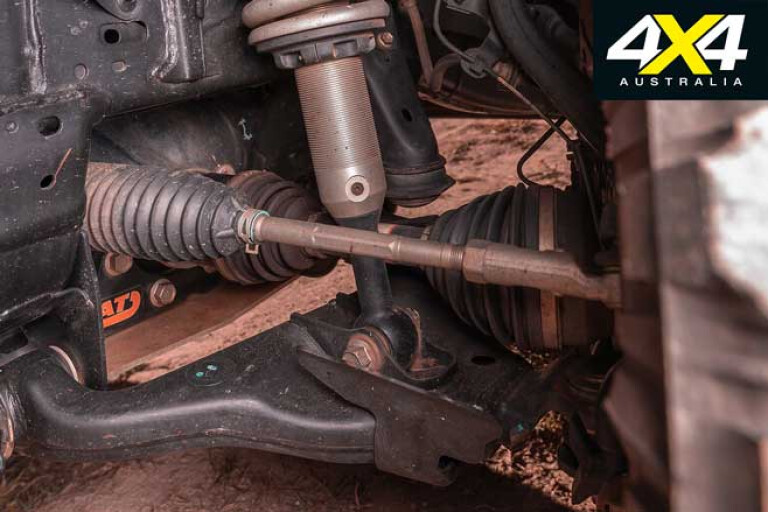
For a good few thousand years we’ve been using different variations of a universal joint to do just that; essentially two hinges at 90 degrees to each other. The specifics are a little more complicated but the idea is all that matters for now. In a straight line the rotation is perfect, but as the angle becomes greater the rotation of the joint causes a sort of pulsing as the hinges fight against each other.
A CV (Constant Velocity) joint aims to fix that pulsing to give smoother drive and a bigger range of operation before the whole lot binds. There’s a variety of ways CV joints can achieve this, but the most common arrangement is a combination of a Tripod joint and a Rzeppa joint.
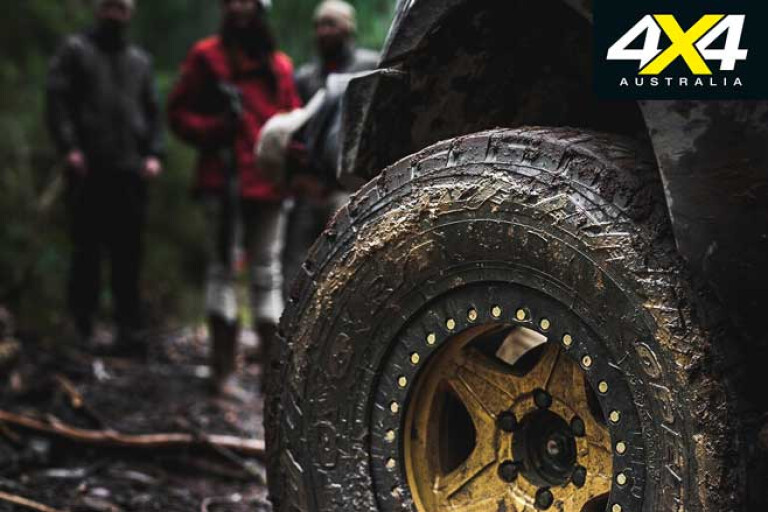
The first is three large bearings that go into a matching cup with grooves; their angle of operation isn’t real crash hot, but they’re there to allow the axle to ‘plunge’ in and out as the suspension cycles.
The Rzeppa joint is typically found on the wheel side of an axle and is a series of ball bearings inside a cage attached to the driveshaft, with a large cage with matching grooves allowing the angular movement. They allow more angle than a Tripod joint but, as they’re constructed of smaller components, these are typically where you’ll find a failure.
What kills a CV joint?
As great as CV joints are, they have their limitations; and unless we all start converting our 4x4s to hydraulic drive, anything we replace CV joints with is going to have similar limitations.
As they run metal on metal, CV joints require lubrication, typically moly grease held in place with a rubber boot. If the boot snags a stick or rubs a hole the grease can spray out causing premature wear, but that’s more of an issue for long-distance travellers or road-going vehicles.

Those 4x4s driven in off-road anger will typically suffer CV joint failure through shock loading, but there are a few modifications that will make those failures more likely. Binding a CV joint is when the joint is pushed past its maximum working angle and it physically locks up.
Steering stops and suspension bump stops somewhat limit this from happening, but having a wheel at full droop and full steering angle will make it susceptible to binding issues. Larger tyres and heavier loads can also amplify the effects of shock loading.
What does a diff drop do?
Contrary to popular belief, CV joints aren’t just an issue on IFS 4x4s; live-axle rigs will typically have them on steering axles to allow the front wheels to pivot.
Live-axle CV joints are typically smaller and weaker than IFS offerings, but as they’re operating on a smaller angle and only in one direction they tend to hold up better.

The issue with an IFS is the vertical distance between the diff centre and the front hubs. As the diff centre is physically bolted to the chassis there are already huge angles to contend with to get drive down through the suspension and to the front wheels. Lifting the suspension not only increases that angle, it also starts pushing the suspension geometry and the CV joints to their limitations.
A diff drop works by modifying the mounting points of the diff and physically lowering it away from the chassis. As the suspension isn’t affected the end result is less angle of operation in the CV joints as the diff and hubs are closer in alignment again. It’s a relatively simple principal that can easily counter some of the negative effects of lifting your 4x4.
Type of diff drop kits
There are a variety of diff-drop kits on the market and the right one for you isn’t necessarily the most expensive, but will depend on what your vehicle needs and what type of driving you do with it. They can typically be grouped into two categories.
Spacer Drop
These are exactly as the name implies; a simple spacer that goes between the existing mount and the frame. They’re simple so are reasonably cost effective, but they can’t always do the job correctly depending on how the diff is mounted. If they’re only able to be used at one end they can physically roll the front diff in its mounts, putting the front driveshaft on an angle. If it’s from a competent supplier it’s safe to assume it’s not an issue in your specific type of 4x4, but eBay jobs are a gamble.

Bracket Drop
These are far more extensive than a simple spacer and typically bear a price accordingly, but they’re also typically superior in a few different ways. Firstly, in most cases, they’ll be physically stronger than the stock mounts, beefing up the diff housing in the process and reducing flex under load. Secondly, they’re typically more comprehensive so can correct all angles. Again, if sourced from a reputable supplier it’s a safe assumption it will do the job, whereas cheap offerings could be the bargain of the year or a disaster waiting to happen.
In some vehicles, bracket drops can require cutting of the original mounts which will require certification to be legal, so this should be taken into consideration.
Drawbacks to a diff drop
Of course, there’s no such thing as a free lunch and lowering your diff centre does come with some drawbacks; although, it’s up to you to decide if they’re something that’ll actually affect you.
The first is you’re not actually changing how much angle the CV joints can tolerate, you’re just changing where they’re happy. Dropping the diff centre 50mm means you can now let your suspension safely droop another 50mm, but also means you’ll lose 50mm in compression. If you’re running a trophy truck in the Finke Desert Race this may concern you, but for us mortals it won’t be an issue as the factory suspension geometry won’t cycle that far.
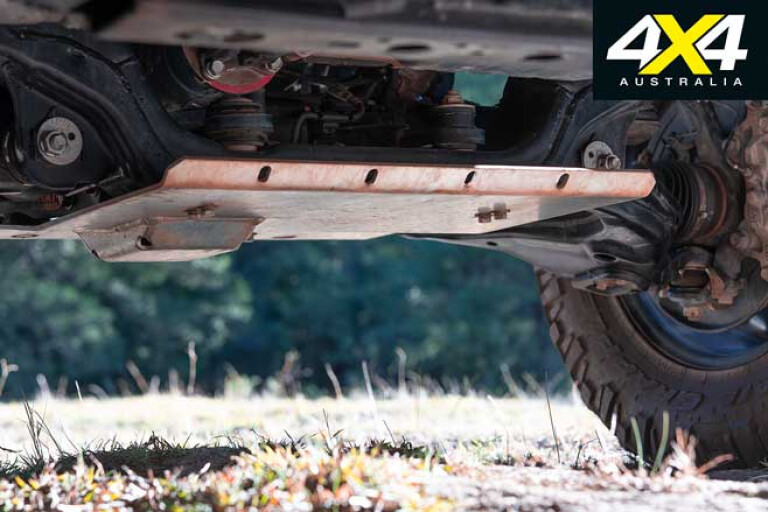
You’ll need to factor in either a new or modified bash plate as the change in diff position will most likely foul the diff housing on this.
The other concern is ground clearance. By physically lowering the diff centre 40mm, it’s now 40mm closer to the ground. That doesn’t mean you’ll lose 40mm of clearance, though. The diff centre itself normally not only sits above the bash plate but also above the stock cross-members, sometimes by a good 30mm. By the time you run a modified bash plate the loss in ground clearance can be as little as 20 to 30mm.
Further mods
While diff drops are fantastic, they won’t resolve every issue that can arise from a suspension lift.
If you’re lifting your 4x4 to the point where a diff drop is required, chances are you’re not only driving difficult tracks but will also require additional modifications to make things work smoothly.

Replacement of upper control arms is something we’ve covered and is a near must-have for any IFS lift over 50mm. If you’re still breaking CV joints there are other things to consider. The first is modified bump stops to limit suspension travel in either direction. Aftermarket CV joints are also available from companies like Longfield and RCV, and these use stronger materials that allow for increased working angles.
Finally, upgraded diff mounts may be worth considering. If the stock mounts aren’t strong enough and allow the diff to flex, it can increase the operating angle of the CV causing it to bind or overextend.
Should you do it?
Yes. If you have an independent 4x4 that’s lifted two inches or more, then the positives far outweigh any negatives.
You’ll gain an increase in driveline strength, more confidence in your drivetrain in difficult terrain, and all for an insignificant loss in ground clearance. Considering an installed price is similar to a set of OEM CVs, a diff drop will pay for itself the first time it saves your backside.

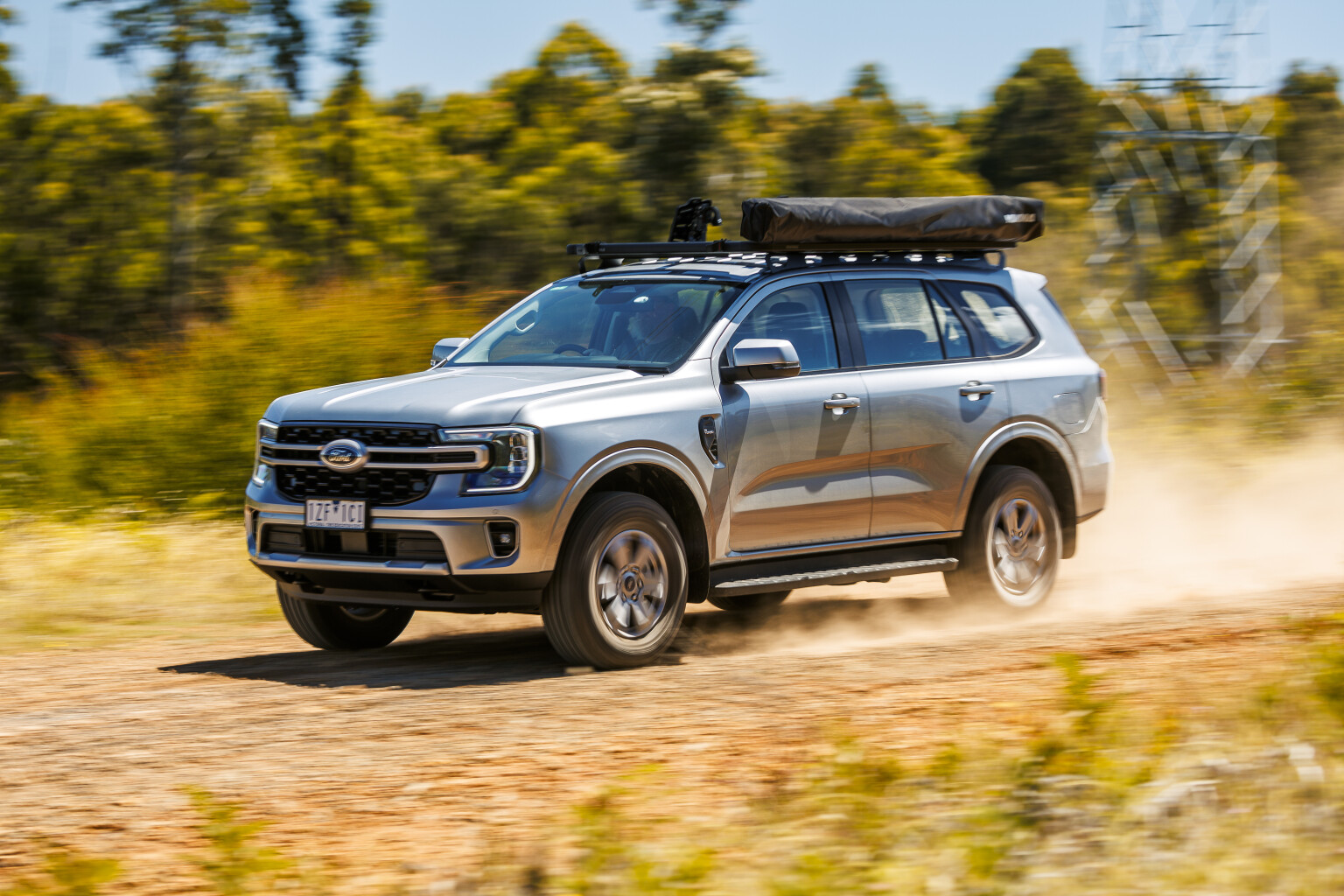
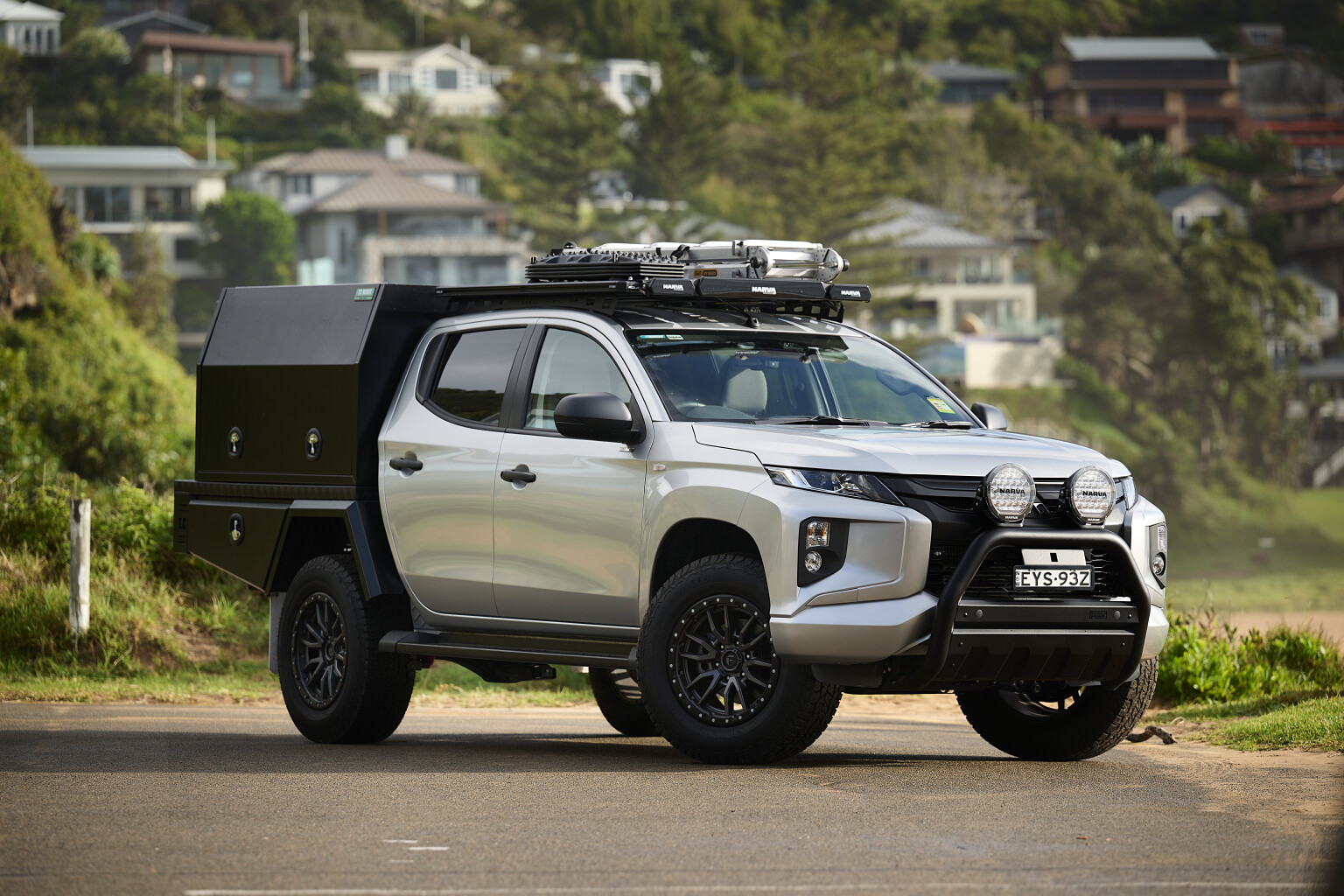


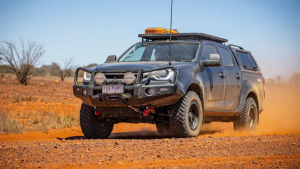

COMMENTS